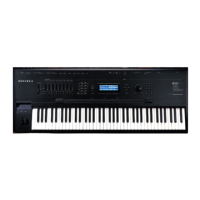
Do you have a question about the Kurzweil K2500 - PERFORMANCE GUIDE REV F PART NUMBER 910252 CHAP 10 and is the answer not in the manual?
| Brand | Kurzweil |
|---|---|
| Model | K2500 - PERFORMANCE GUIDE REV F PART NUMBER 910252 CHAP 10 |
| Category | Synthesizer |
| Language | English |
K2500 accepts hard disks up to 2GB; larger disks are formatted as 2GB.
Guidelines for SCSI chain setup, including cable length, termination, and device IDs.
Discusses limitations and risks of sharing SCSI drives and bus access between K2500 and Mac.
Mac cannot share drives with K2500; unmounting required for removable media.
How to access internal K2500 hard drives using Mac software like Access PC.
How to load samples into the K2500 using MIDI, including channel and destination ID settings.
Explains how sample numbers are mapped to K2500 IDs, including ROM sample limitations.
Procedures for transferring samples from the K2500 to a computer or sampler using MIDI.
How to transfer samples from one K2500 to another using MIDI.
How to dump samples from the K2500 to a MIDI data recorder.
How to load samples into the K2500 from a MIDI data recorder.
Steps to access and use a newly loaded sample within the K2500's Keymap Editor.
Common issues and solutions for MIDI sample loading and dumping failures.
Addresses issues with sample number offsets in computer-based editing programs.
Using SMDI for faster sample transfers via SCSI, compared to MIDI.
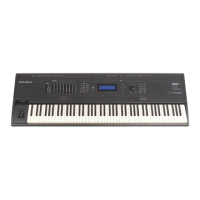
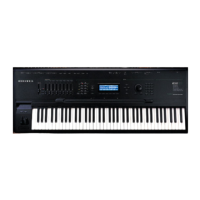
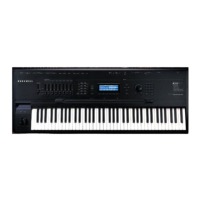
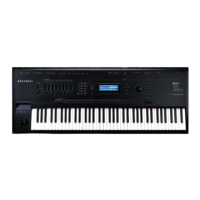
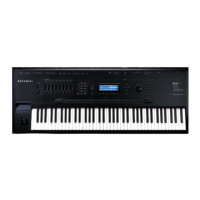
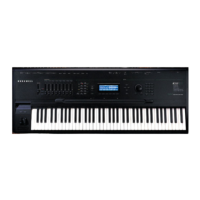
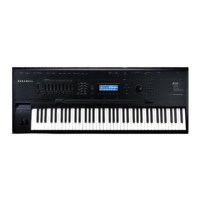
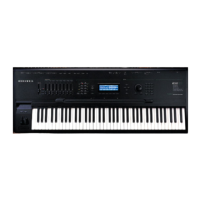
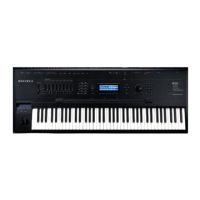

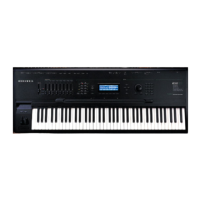
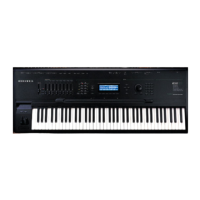
